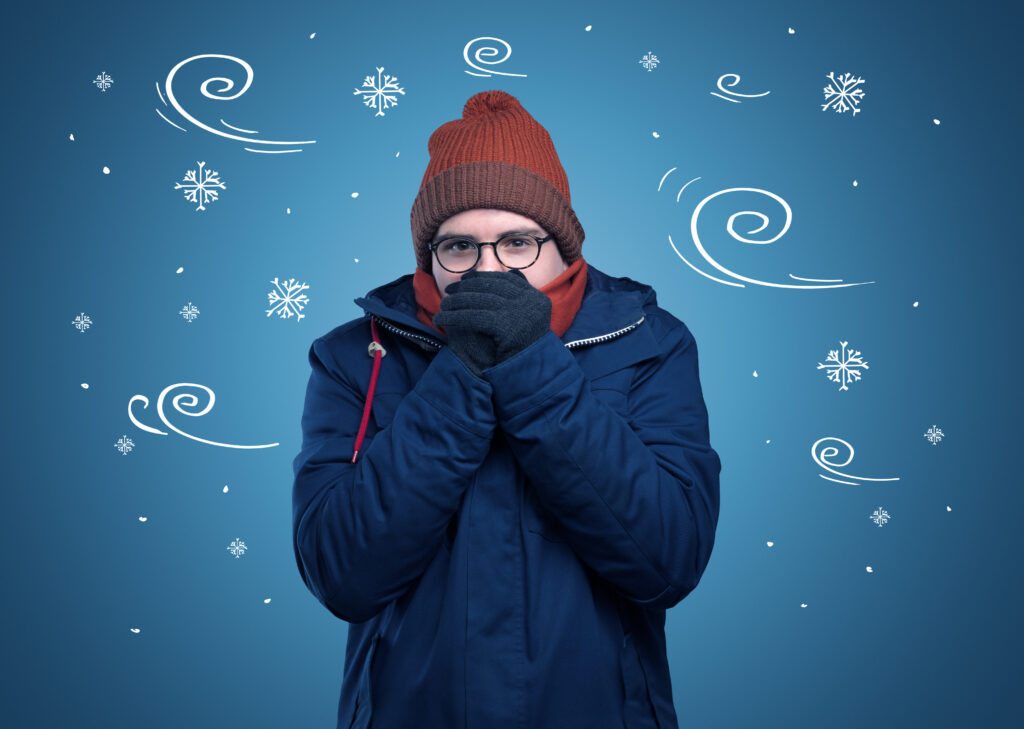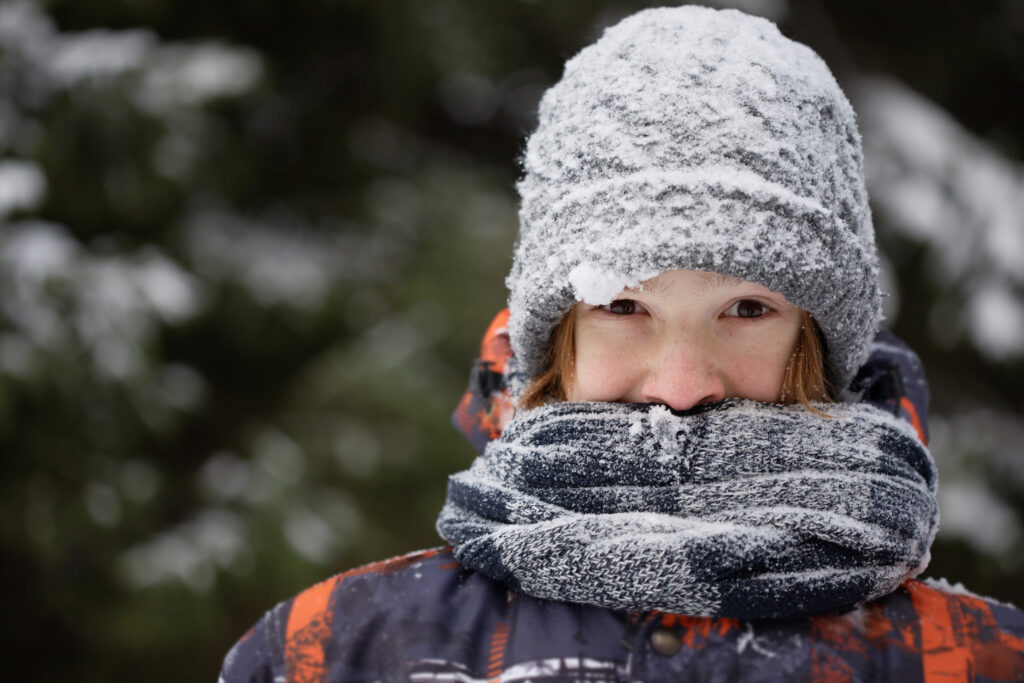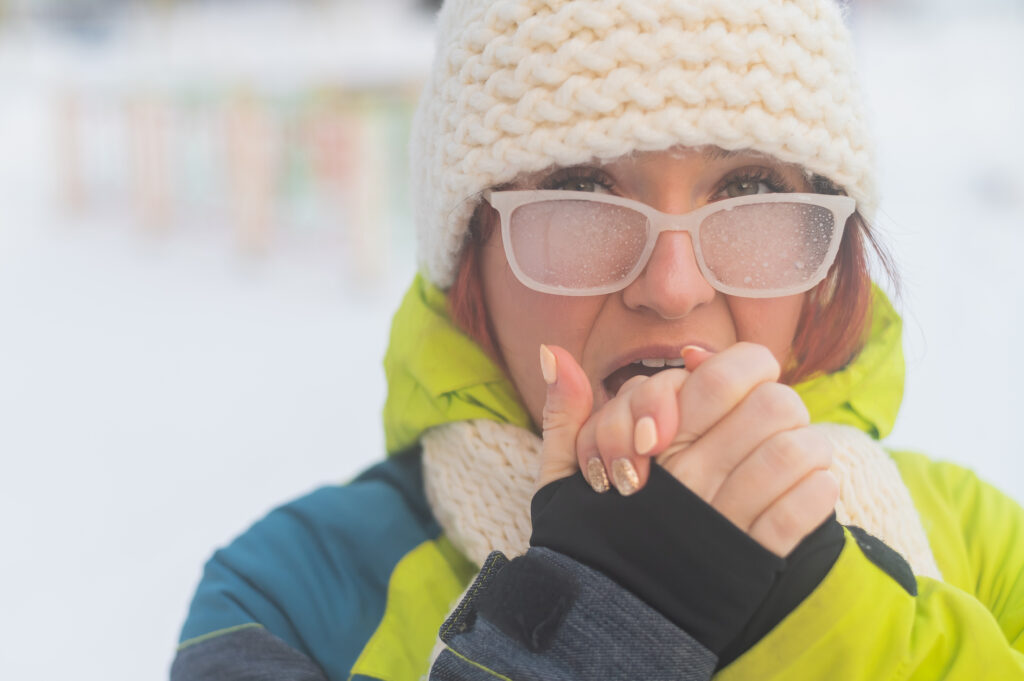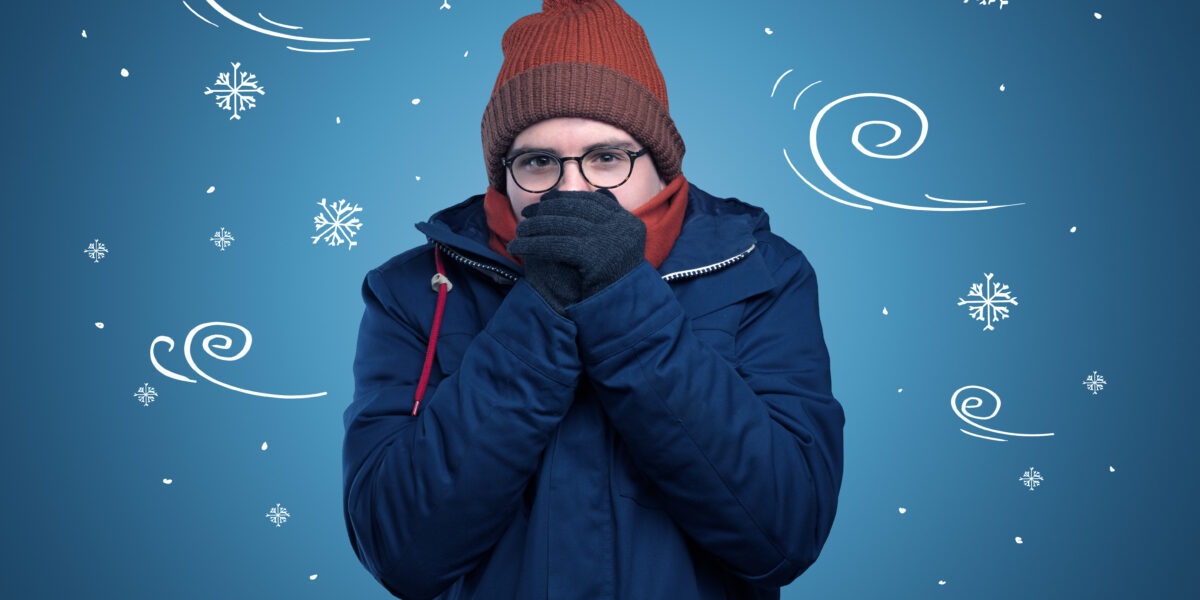The When
If you have just moved to Canada or are about to move either for work, school, or anything else it is important to have a good idea of how to stay warm during Canadian Winters. Winter generally begins in mid-December and lasts till mid-March with a peak (or low if you please) in February. This is simply a range as there can also be winter conditions from early as November lasting till April.
The What
What you should expect through the season is below zero Celsius temperatures with some exceptions sprinkled in here and there. Minus five to minus fifteen degrees Celsius is your average with minus twenty to minus thirty every now and then for excitement. Something to always take note of are two magic words “wind chill.”

Wind chill is simply the temperature our bodies feel when the protective layer on the exposed skin (typically the face being the most exposed part of the body) when the cold and wind keeps blowing off that protective layer. Put simply, if the outside temperature is minus ten but the wind chill is minus twenty it means your exposed skin will feel as if it were in fact minus twenty.
This is important to note before leaving the house any day as the temperature you see may not reflect how cold you will feel once outside.
The How
How to stay protected first begins with always checking the weather before leaving the house so you know just how warm you need to dress, be it extra layers, which gloves you should take, what shoes are appropriate, if you need thermal clothing, a scarf and so on. There are several options to choose from weather specific apps or the default weather apps that come standard with any smartphone. The point is to make it a habit to check them everyday, night and/or morning before leaving the house.
The Why
Developing the habit of checking the weather and dressing appropriately is paramount to preventing the very real dangers of cold weather-related injuries (frostbite, frostnip, hypothermia).

- Hypothermia is a drop in the body temperature below normal caused by a prolonged exposure to cold. Shivering, followed by confusion and loss of muscular control can occur as indications of this extreme affliction. If unaddressed it can progress to life threatening conditions where shivering stops, followed by a loss of consciousness and possibly cardiac arrest.
- Frostbite is a severe condition where both the skin and underlying tissue (fat, muscle, bone) are frozen. The skin will appear white and waxy and hard to the touch with no sensation as the area is numb.
- Frostnip is a mild form of frostbite where only the skin freezes. The skin appears yellowish or white and feels soft to touch. Other symptoms are a painful tingling or burning sensation.

In any of these situations do not rub or massage the area but try to keep the area warm using body heat or warm water. Avoid direct heat to the affected area as this can burn the skin. The main keys to avoiding any of these outcomes is simply dressing properly, covering up extremities and avoiding prolonged exposure to very low temperatures when possible. You can also read up on our tips for winter dressing here.
This post was written by Abdulhakeem Yusuf. Abdulhakeem is the content writer at Southern Ontario Collegiate. He has over 6 years of professional writing experience.
If you or someone you know is interested in making the move to Canada to attend Southern Ontario Collegiate, go here to learn how to apply.


(1) Comment
Comments are closed.